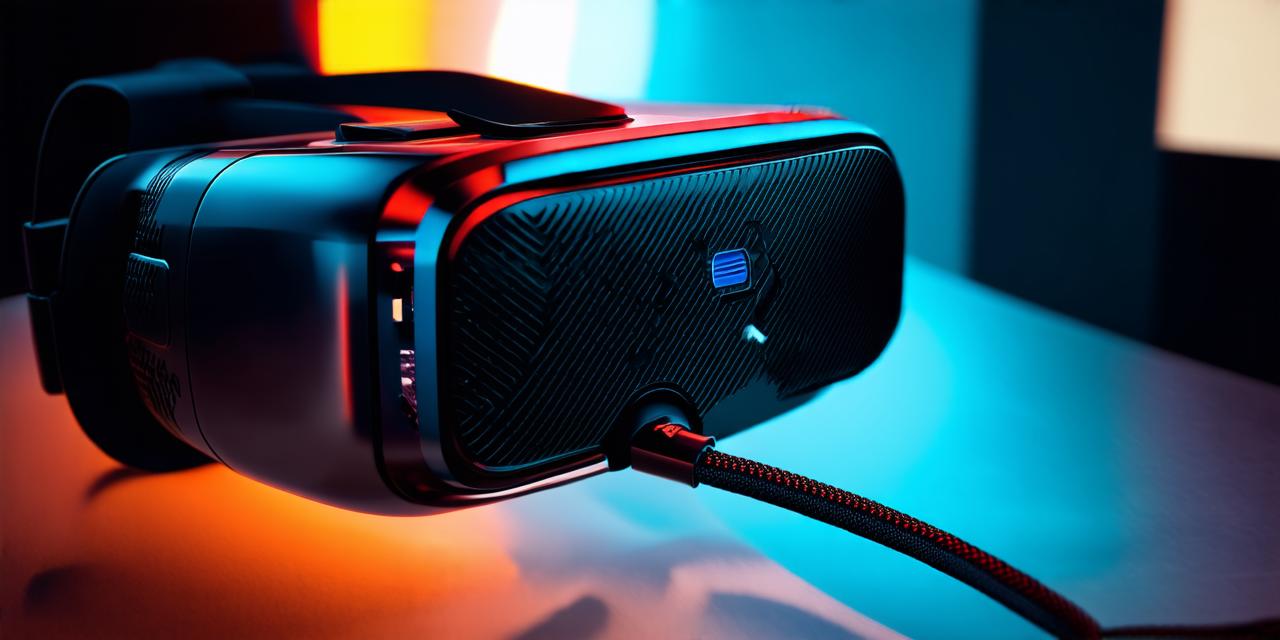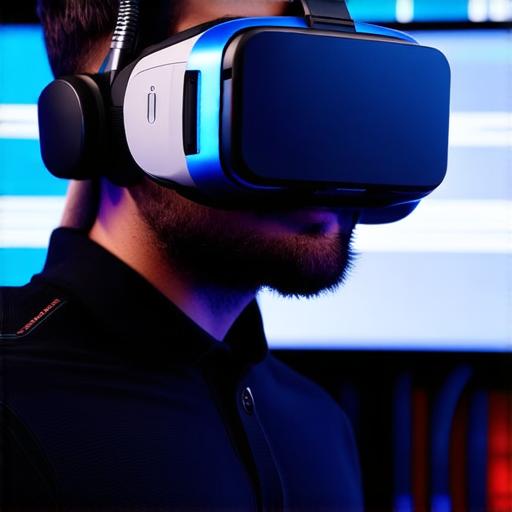
What do virtual reality headsets entail?
Virtual reality (VR) technology is transforming the way we interact with digital content and each other.
What are virtual reality headsets?
Virtual reality headsets are devices worn on the head that track movement and create an illusion of being inside a virtual world. They consist of a head-mounted display (HMD), sensors, and controllers. The HMD displays high-resolution images and videos that mimic a 3D environment. Sensors track the user’s head movements, allowing them to look around and interact with virtual objects. Controllers allow users to control their actions in the virtual world using hand gestures or voice commands.
What are the benefits of VR headsets?
Virtual reality headsets offer several benefits. One of the most significant advantages is that they provide a fully immersive experience, allowing users to feel like they are inside a virtual world. This can be particularly useful in industries such as gaming, where users can interact with digital content in ways that were previously impossible. Additionally, VR headsets can be used for training and education purposes, providing a safe and controlled environment for individuals to practice skills or learn new concepts.
How are VR headsets used in different industries?
Virtual reality headsets have the potential to revolutionize many industries. In gaming, VR headsets offer a more immersive and interactive experience, allowing players to feel like they are truly inside the game world. This has led to the development of new games that are specifically designed for VR, such as Beat Saber and Half-Life: Alyx.
Virtual reality is also being used in the fields of training and education. For example, pilots can use VR headsets to simulate flights, allowing them to practice their skills in a safe and controlled environment. Similarly, students can use VR headsets to explore historical events in a more interactive way, helping them to better understand the context and implications of these events.
In the healthcare industry, VR headsets are being used for treatments such as exposure therapy for anxiety disorders and pain management for patients with chronic conditions. Additionally, VR is being used for surgical training, allowing medical professionals to practice procedures in a controlled environment before performing them on actual patients.
Virtual reality is also being used in the field of architecture and design. Architects can use VR headsets to create virtual tours of their designs, allowing clients to experience the space in a more immersive way. Similarly, interior designers can use VR to visualize different design options and make changes in real-time.

Case studies and personal experiences
One example of the power of VR headsets is the work of Oculus, a leading developer of VR technology. In 2016, Oculus launched their flagship VR headset, the Oculus Rift. Since then, the company has developed several games and applications that are specifically designed for VR, such as Beat Saber and Half-Life: Alyx. These games have been highly successful and have helped to establish VR as a viable gaming platform.
Another example of the power of VR headsets is the work of therapists who use VR for exposure therapy for anxiety disorders. In a study published in the Journal of Anxiety Disorders, researchers found that participants who underwent exposure therapy using VR had significant reductions in symptoms compared to those who did not receive VR treatment.


